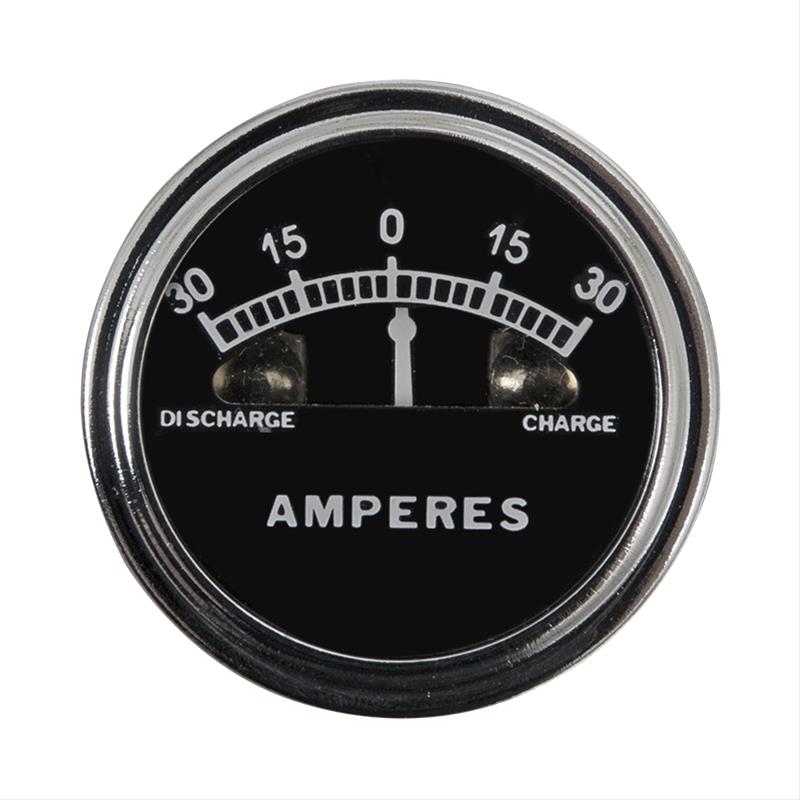You are using an out of date browser. It may not display this or other websites correctly.
You should upgrade or use an alternative browser.
You should upgrade or use an alternative browser.
Scag Tiger Cub Ruins Batteries
- Thread starter Geofft
- Start date
More options
Export threadHere’s something to try as I had a similar problem with a Tecumseh 23hp on a z-turn White (MTD). So that battery was fully charged I used a battery minder as , if I didn’t it wouldn’t have enough to start it when cold after running for an hour.I've never done a forum before, but I cannot for the life of me figure this out. I have a scag Tiger Cub STC61V-23BV that has the 23hp Briggs vanguard. It started to completely drain a battery as I cut and leave me stranded. First thought, put a new battery. After an hour or 2 of mowing, the battery was dead. Second thought, voltage regulator. Nope, still drained the battery. Checked stator output and it was fine. Then I started getting alot of chatter from the solenoid so I replaced it. Still drained the battery. I finally noticed that the female connector on the wiring harness that goes to the seat switch was missing and all 3 wires were wire nutted together. I'm assuming this is the issue, but I cannot find that female end without buying a whole harness. If anyone else has any other suggestions or input on what might be the issue or where to get a connector I would sure appreciate it.
After checking many items I checked the draw of the electric clutch that put blades in gear. It was drawing 32 amps, certainly more than the charging circuit.
- Joined
- Feb 19, 2020
- Threads
- 120
- Messages
- 12,836
Drawing 32A should blown the 20 amp fuse normally use as a main fuse; although, Scags uses 30 amp fuses which should still blown when the PTO was engaged with the engine not running.
I have however seen failures from just drawing at stator capacity to full blown shorts. For those without meters capable of high amp readings there is two options to check the PTO clutch. One is to do an ohms test and the other would catch partially shorted that intermittently grounds out. This involves installing an inline fuse holder in the PTO circuit and using a 7.5 - 10 amp fuse.
I have however seen failures from just drawing at stator capacity to full blown shorts. For those without meters capable of high amp readings there is two options to check the PTO clutch. One is to do an ohms test and the other would catch partially shorted that intermittently grounds out. This involves installing an inline fuse holder in the PTO circuit and using a 7.5 - 10 amp fuse.
That's the whole question in a nut shell.Question is: does mower have a charging issue or a high current drain issue or both.
Sometimes I'll place an analog 10A meter between one battery terminal and the cable. Any shorts will peg the meter. Of course you need to be able to break that connection before you burn up the meter!! But you can sure save a lot of fuse replacement that way. Especially useful if the short is in the harness and you need to jiggle the harness or otherwise manually massage parts to get them to react.
A meter is a lot more sensitive than a fuse. If you have a 20A fuse, then a 10A draw-down due to a wire rubbing the frame (or some such) won't "blow" the fuse, but will definitely keep the battery from charging while running, and kill the battery over night when not running.
One time I used that trick to trace a short to inside a tail lamp bulb !!
Hammermechanicman
Lawn Addict
- Joined
- Jan 10, 2020
- Threads
- 69
- Messages
- 3,928
I don't like to put a lot of current through my Fluke 87V meters. I use a current shunt.
Easy way to check for parasitic draw is to simply disconnect a battery terminal lead when done mowing and wait a few days and see if the battery stays up.
Easy way to check for parasitic draw is to simply disconnect a battery terminal lead when done mowing and wait a few days and see if the battery stays up.
That's exactly why I said to use an "analog meter"...I don't like to put a lot of current through my Fluke 87V meters.

